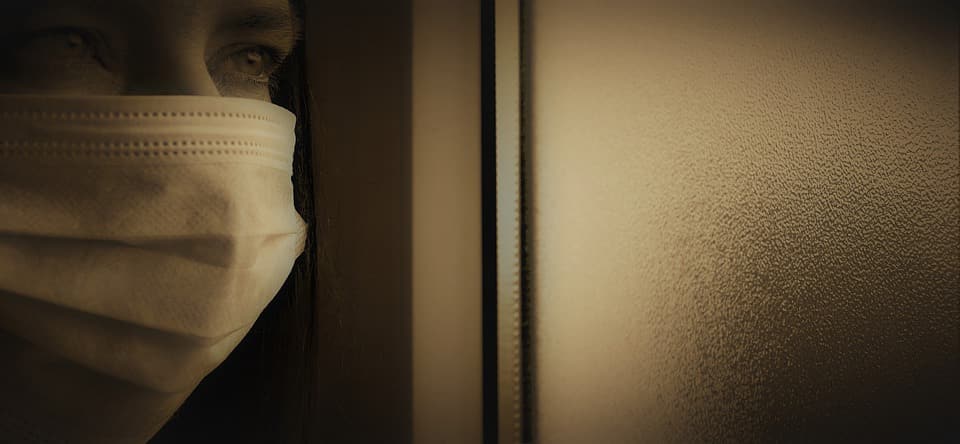Monsoon in India, here is how to manage respiratory health
While Maharashtra continues to grapple with COVID-19, monsoon season has entered the state as well. Mumbai dewellers are now gearing up to tackle a range of other monsoon related infectious diseases, while taking precautionary measures against coronavirus.
While most of us are to remain indoors, it is imperative that we take necessary precautions to bolster our health during the season. When it comes to the respiratory system, our body reacts as per the surroundings we dwell in.

Indoor Air Quality (IAQ) refers to the air quality within the home and in enclosed spaces. Bacteria that are present in our homes become the invisible enemy; it is important to understand and subsequently control common pollutants that are present indoors. This will help reduce the risk and prevent you from being susceptible to a host of health concerns during the monsoons.
Common monsoon factors to consider:

Monsoons may also increase indoor bugs and insects

Allowing surfaces to become cooler than the surrounding leads to condensation and dampness; dampness due to the monsoon may initiate chemical or biological degradation of furniture and materials. This could lead to indoor air pollution. Dampness therefore is a strong indicator of risk of Asthma and respiratory symptoms like coughing and wheezing.

Health effects from indoor air pollutants may be experienced soon after exposure or, even later. The immediate effects due to adverse indoor air quality may show up shortly after a single exposure or repeated exposures to a pollutant. These may include: Irritation of the eyes, nose, and throat; Headaches or dizziness; and Fatigue, says Dr Prashant Chhajed, HOD-Respiratory Medicine, Hiranandani Hospital, Vashi and Fortis Hospital, Mulund
Immediate effects as the above are generally short-term and can be treated. The treatment includes simply removing the affected person`s contact or exposure from the pollution source. It is important to identify the source to ensure complete elimination of contact. It is often noted that after immediate exposure to indoor air pollutants, symptoms pertaining to diseases like Asthma may be displayed. If it is an existing condition, this could even aggravate or worsen.

Follow these tips to prevent or reduce exposure to indoor pollutants during the monsoons to stay healthy and fit.
Maintain adequate ventilation at home
During the day, if there is sufficient sunlight, keep the windows open so that pollutants can escape and cleaner air may set in
The house should be checked for water leaks and dampness to prevent the growth of any microorganisms
Cleaning of air conditioning filters should also be undertaken regularly

Patients with Asthma need to take special care during the monsoon and should also ensure that fungus does not grow on wooden furniture, and on other articles such as shoes and leather bags. Clean and store them in a dry space as this might be a trigger for Asthma or patients with Allergic Rhinitis
Ensure carpets, curtains and other fabrics in the house are clean and well dried
Avoid smoking next to children or the elderly
Ensure to wear clean and dry clothes at all times; avoid airing wet clothes in a closed room




